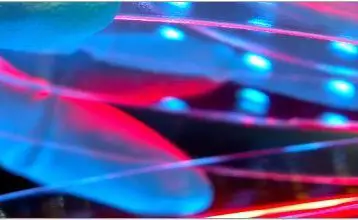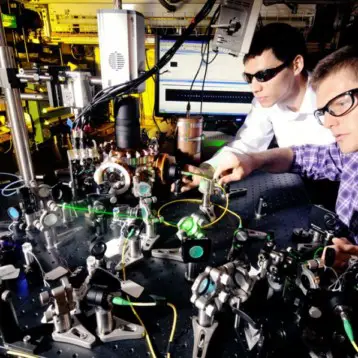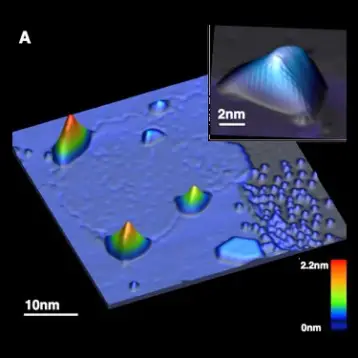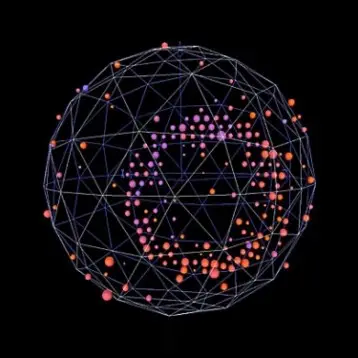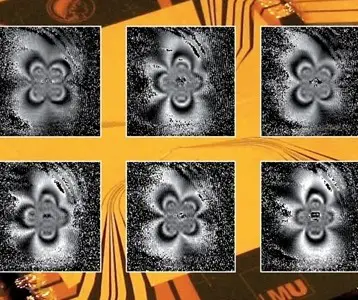“We’re proud of the teams involved in this international scientific endeavor – one of the largest collaborative efforts ever attempted in the physical sciences,” said Dennis Kovar, Acting Associate Director for High Energy Physics in DOE’s Office of Science. “This technical landmark brings us a huge step closer to unveiling a new level of understanding of our universe.”
This last piece, which was recently lowered into the CERN laboratory, is about 30 feet in diameter, weighs 100 tons, and is actually known as one of the ATLAS’s two small wheels. These wheels’ detectors will identify and measure the momentum of muons (subatomic particles created in the collisions at the LHC). The ATLAS detector will be able to accurately track charged particles as they pass through a magnetic field.
The construction of the ATLAS detector, which involved the work of 450 physicists from 48 institutions around the world, marks the beginning of a new era, during which some of the greatest mysteries regarding the universe will hopefully be finally solved.
“This is a remarkable milestone in the complicated construction of the ATLAS detector,” said Joseph Dehmer, Director of the Physics Division at the NSF. “The LHC is one of the most exciting physics experiments for this decade and beyond. We are impressed by the hundreds of U.S. university and national laboratory scientists who are working hard to make this extraordinary project a reality. We look forward to the groundbreaking results that are now just around the corner.”
TFOT covered various stages of this ongoing project. The ATLAS will be used to answer questions such as why do particles have mass, what is the unknown 96% of the universe made of, and why does nature prefers matter over antimatter?The Compact Muon Solenoid (CMS) is one of the LHC project’s four large particle detectors, and was nearing completion in 2006.You can read more about it here.
More information about these final stages can be found at the Brookhaven National Laboratory’s official website.



